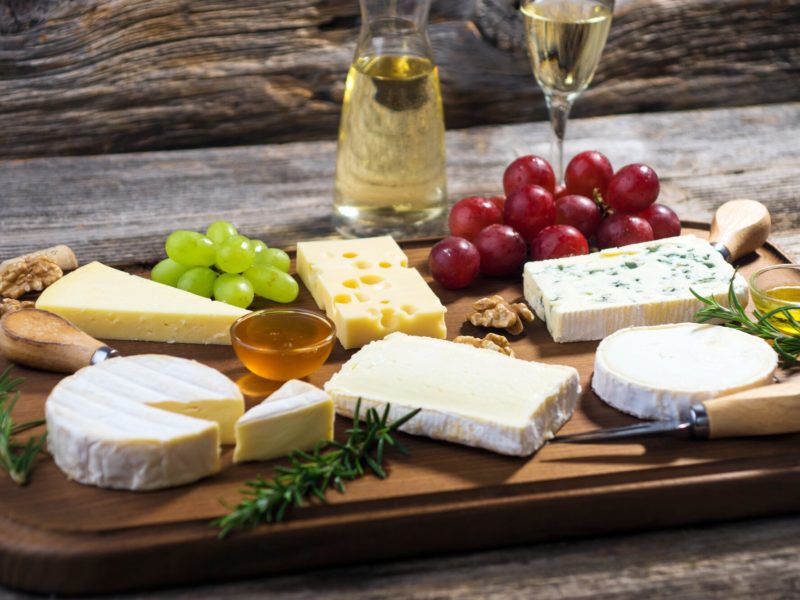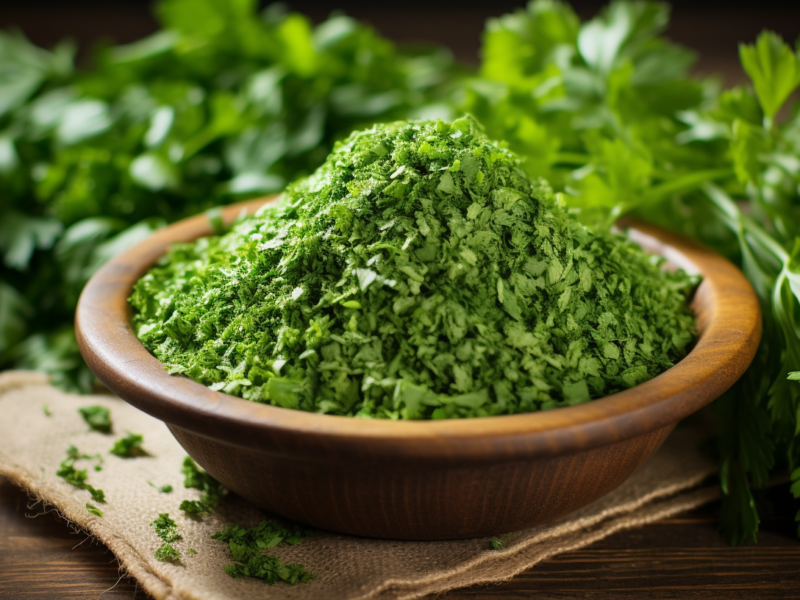While it may sound like fun to invite enough people to fill a house, there are many elements involved in the planning of such an event. Not everyone is aware enough to acknowledge all of the logistics of entertaining a crowd, here is a useful list of things to consider. Keep reading as the experts at Food Service Company explain more.
Acknowledge Your Strengths
Unless you are willing to stress yourself out with preparing a second entree, only cook dishes that you know and are confident you can make without a problem. Save the innovative eatery for appetizers and dessert.
Know Your Audience
Unless you can easily accommodate the individual dietary requirements of each of your guests, focus on foods that you know your guests already like.
Stick to Foods that Keep Well
Do not stress yourself with cooking everything on the day of the event. A smart host will prepare batches of the party food in advance, preferring dishes that can be put into storage and easily be reheated hours before the time on the invitations rolls around.
Make Sure You Make Enough
While it can be hard to figure out the exact amount of food per person, there are some basics to this calculation.
- Entrees: half a pound of protein or 5 ounces of pasta.
- Side Dishes: 4 ounces of vegetables and 1.5 ounces of grains.
- Dessert: Two cookies or brownies.
It’s Okay to Cheat a Bit
There is nothing wrong with picking up a premade food item, like a crudité or charcuterie platter. This extends to buying a time-demanding side dish instead of spending the time and effort to make it yourself. The less you have to exert yourself, the better your mood will be for entertaining guests.
Consider Going Buffet-Style
While plated meals are normal for a formal dinner, they also demand you be in host most for the entire time. Since buffets are self-serving affairs, you can spend less time worrying about keeping your guests fed and more time entertaining and being a good host, only intervening when a particular item runs low or goes away. Consider desserts that require little effort to prepare, like handheld baked goods.
Get Organized
Make a list of every task and every step toward completing that task. Once your guest list is confirmed, ensure that you will have enough dishes and cutlery for those guests for the entire night, plus a few extra in case of accidents or surprise company. If your fridge has sufficient space, consider storing dishes in clusters themed around the course they will be served for.
Your Oven Only Holds So Much
While you might be tempted to insert multiple dishes, each with their own goal temperature, into an oven and averaging out the temperature to save yourself some time, this can lead to unevenly cooked meals. Furthermore, recipes tend to be written with the one dish having exclusive use of the oven-adding multiple dishes actually requires even higher temperatures for the oven to properly do its job of cooking two or more dishes simultaneously. Limit your baking and feel free to include some dishes that can be prepared on other appliances like a cooktop or even a toaster oven.
Remember Food Safety
Use a separate chopping board for your meat than you use for vegetables and bread. Know the safe temperatures for each type of protein.
- Pork and red meat: 145ºF.
- Ground meat: 160ºF.
- Poultry and anything reheated: 165ºF.
Food should be tossed once it has remained at room temperature for over two hours; track this amount of time by abstaining from refilling half-empty platters.


